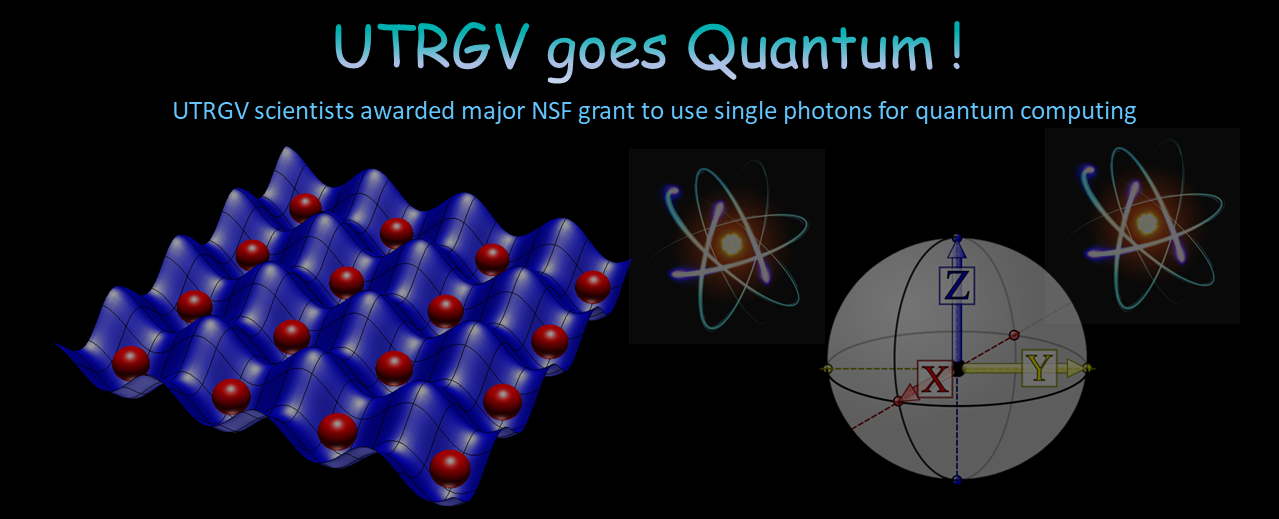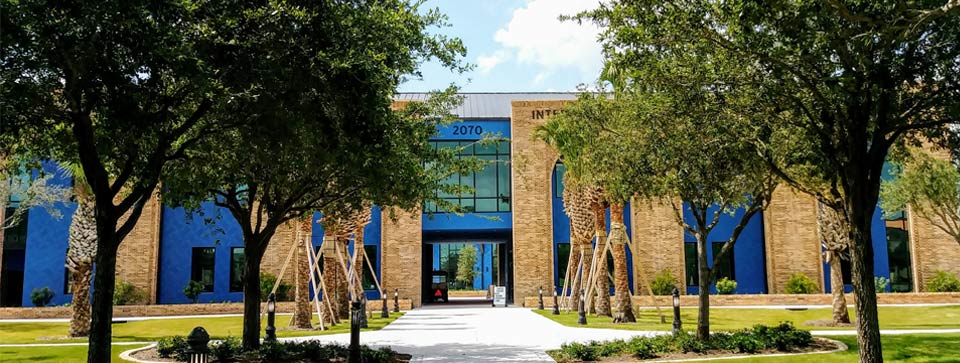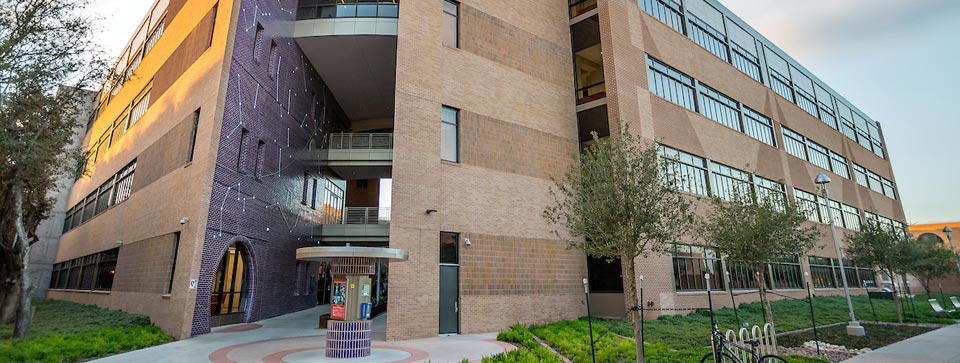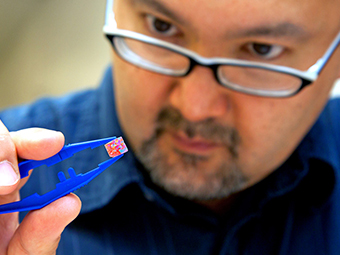Department of Physics and Astronomy College of Sciences
About Us
The University of Texas Rio Grande Valley (UTRGV) is a distributed campus university. The Department of Physics and Astronomy has two locations, one is in the Interdisciplinary Academic Building in the Brownsville campus (BINAB) and in the Science Building (ESCNE) in the Edinburg campus. Both cities are located in South Texas in the Lower Rio Grande valley. We offer the degrees of BS, MS, and Ph.D. in Physics and the Master of Science in Interdisciplinary Studies in Science and Technology (MSIS). Our Ph.D. in Physics will admit its first students in Spring 2022.








